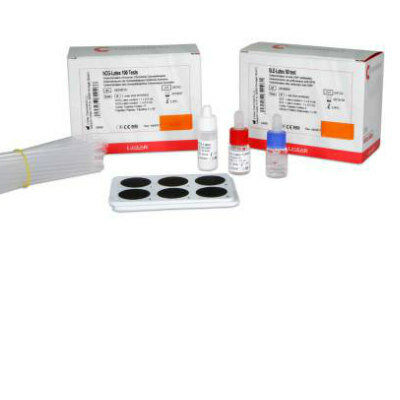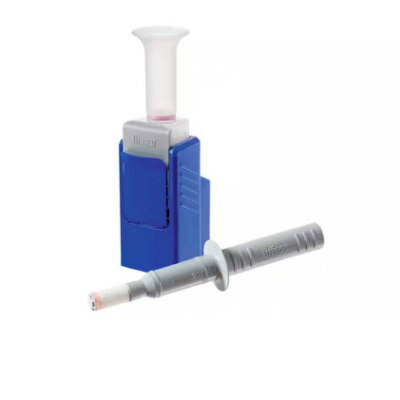Can Cancer Cells Be Reprogrammed Back to Normality?
By LabMedica International staff writers
Posted on 11 Nov 2008
A team of cancer researchers has published a report suggesting a novel approach to cancer therapy: instead of killing cancer cells, why not reprogram them to become normal again?Posted on 11 Nov 2008
Investigators at Syracuse University (NY, USA) worked on leukemia, the form of cancer caused by the abnormal production of white blood cells in the bone marrow. They focused on the Mixed Lineage Leukemia protein-1 (MLL1), which is one of the proteins that regulate the way DNA is packaged when white blood cells are formed. MLL1 belongs to the SET1 family of histone H3 lysine 4 methyltransferases. In normal cells, the MLL protein, which contains 3,969 amino acids, combines with three other proteins, WD-repeat protein-5 (WDR5), retinoblastoma binding protein-5 (RbBP5), and the Absent small homeotic-2-like protein (Ash2L) to create a molecular switch that controls DNA packaging.
The current paper published in the October 1, 2008, online edition of the Journal of Biological Chemistry (JBC), revealed that WDR5 preferentially recognized a previously unidentified and conserved arginine containing motif called the "Win” or WDR5 interaction motif, which is located in the N-SET region of MLL1 and other SET1 family members. The Win motif comprised six amino acids and was responsible for assembling the MLL1 molecular switch in normal cells. Treatment of cells with a synthetic version of this peptide disrupted the MLL1 molecular switch and prevented white blood cell formation.
"We believe our discovery is just the tip of the iceberg,” said senior author Dr. Michael Cosgrove, assistant professor of biology at Syracuse University. "Our hope is that from the knowledge we have gained in understanding how these proteins work in normal cells, we will be able to find new ways to treat all types of leukemia. We also think the discoveries will have broad implications in treating other types of cancer.”
The investigators speculated that the MLL1 peptide might help to reprogram DNA packaging in leukemia cells and trigger the conversion of cancer cells back into normal cells. "Reprogramming the way DNA is packaged in cancerous cells is a new idea that has the potential to lead to better treatments with fewer side effects,” said Dr. Cosgrove. "This last year has been fantastic. We have been learning something new about these proteins almost on a daily basis. Our hope is that as we continue to understand how these DNA packaging proteins work, we will find new ways to treat all types of leukemia as well as other diseases.”
Related Links:
Syracuse University














